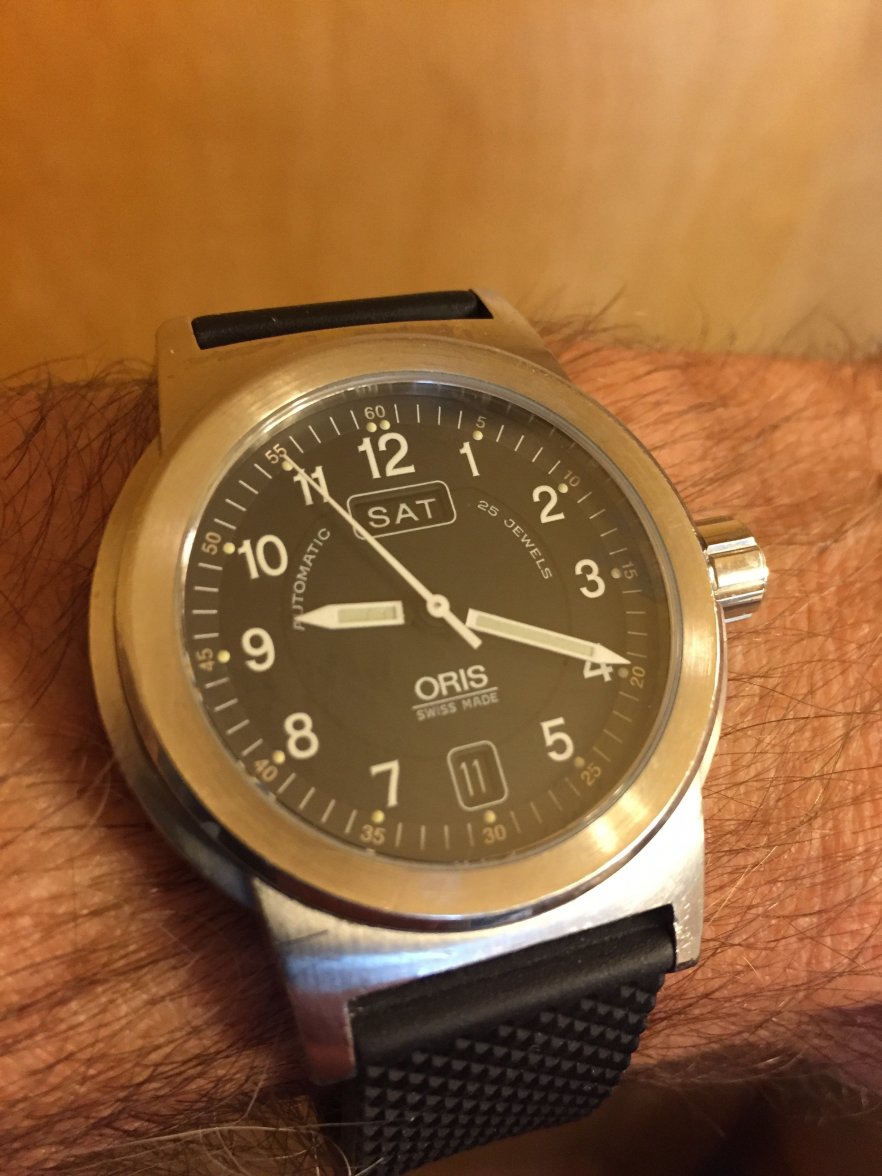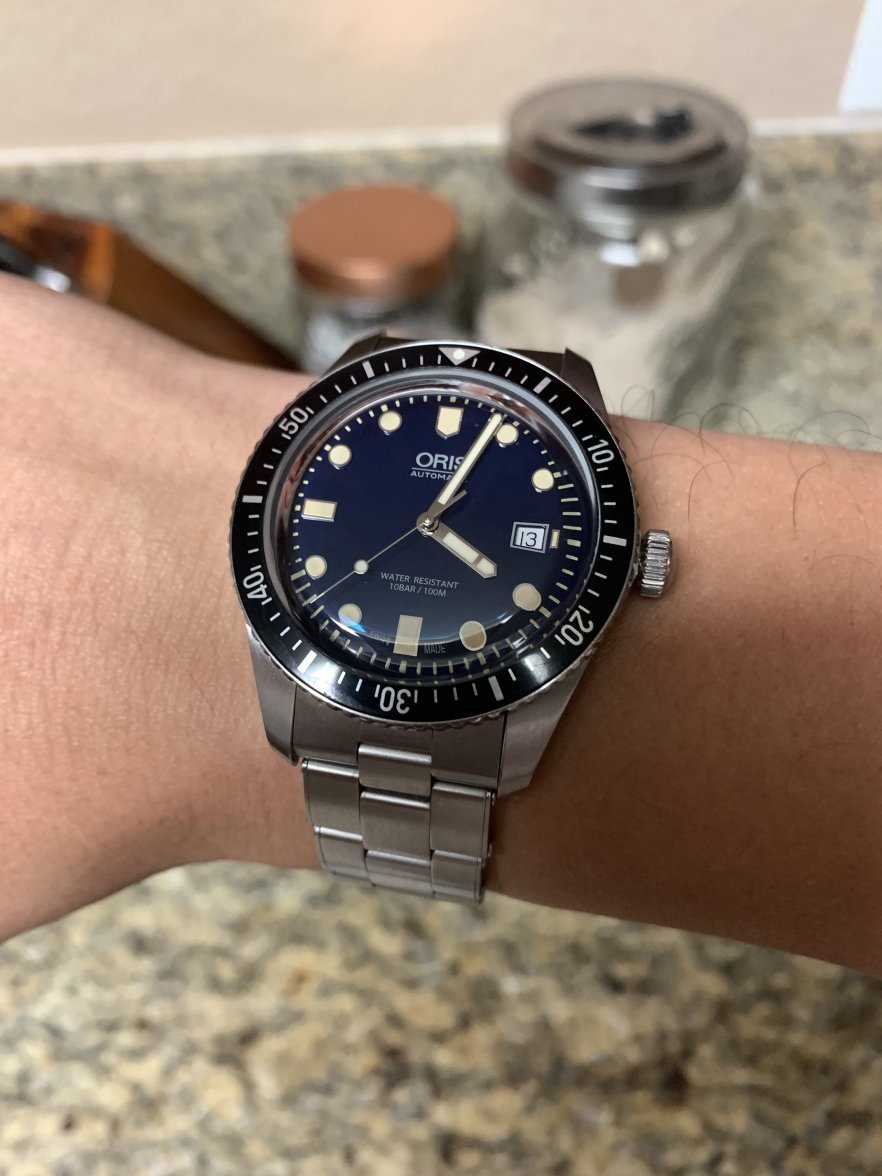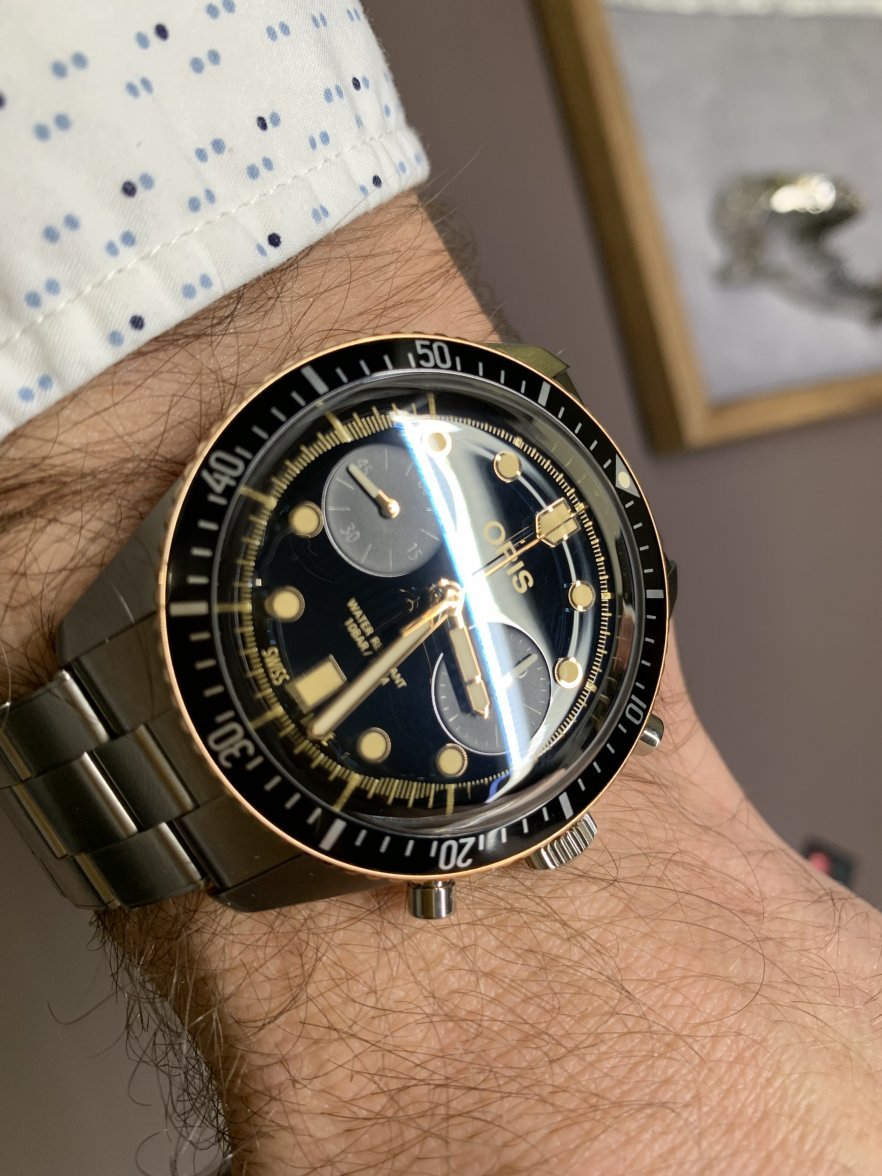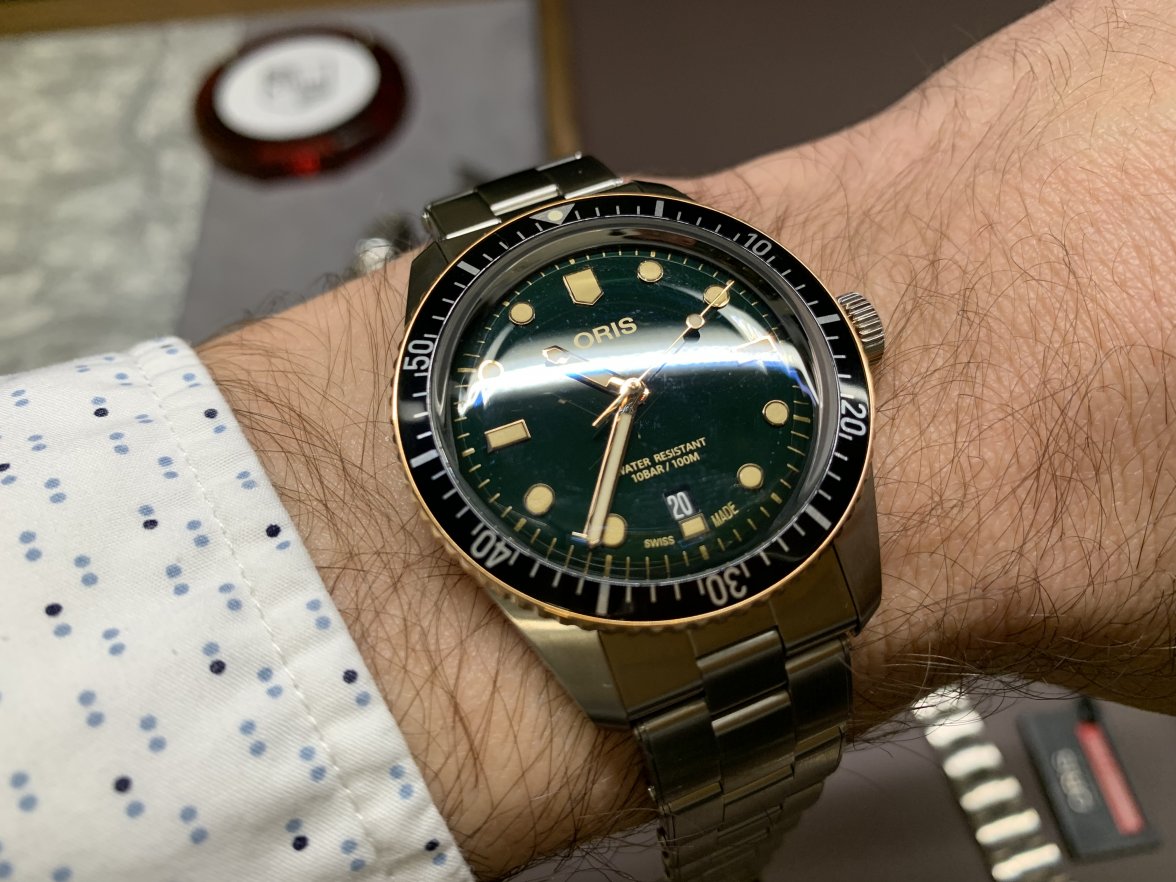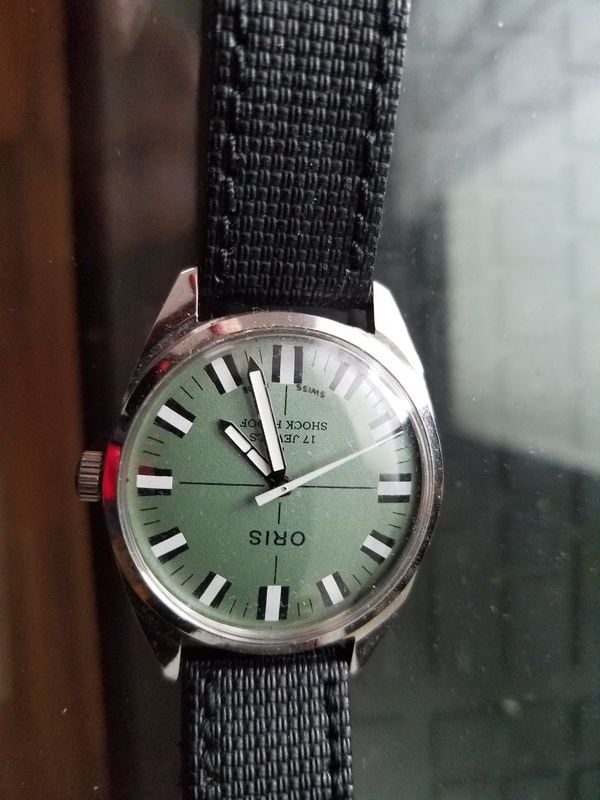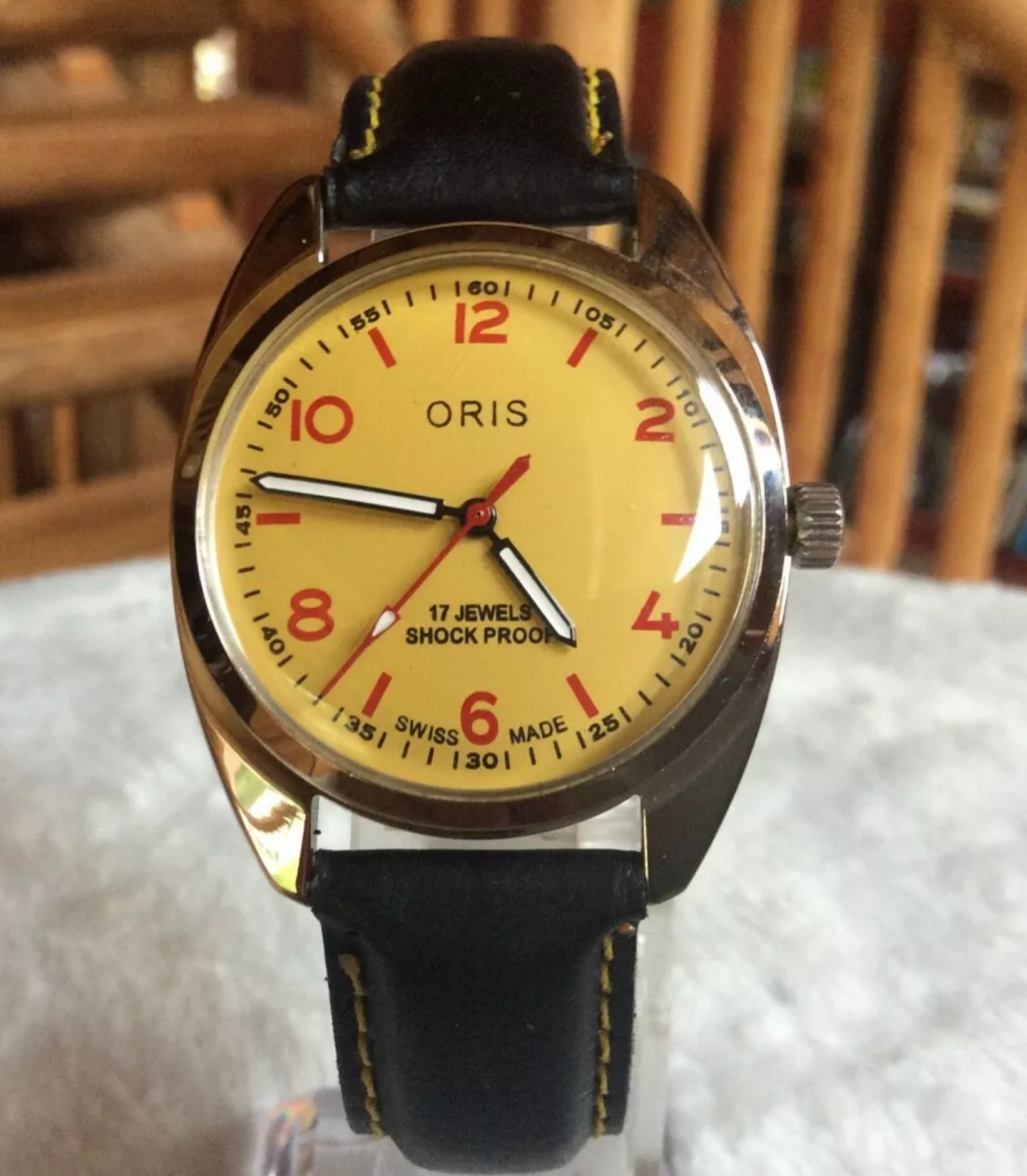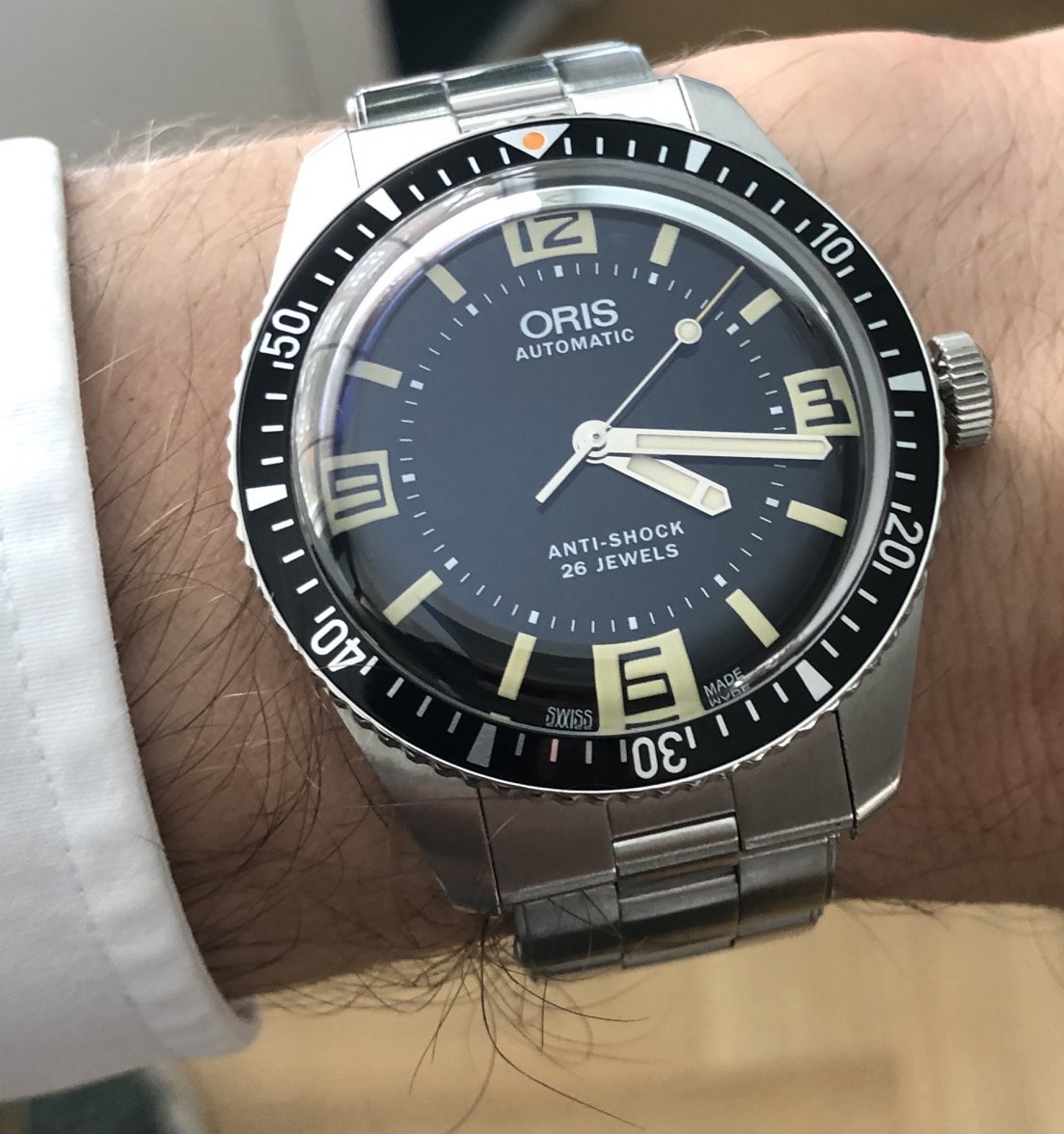S.H.
·Might as well quote an interesting answer in this WUS thread, from AbslomRob:
"I will point out that it was a particular version of that caliber that was certified; that certification doesn't apply to the caliber as a whole. I'm not aware of Oris actually selling a chronometer certified watch; my understanding is that it was done more as a "just to show we can". I'd pay good money to have the actual certification paper though. 😀
One of the main disadvantages of the pin-pallet design, as I understand it, is that the design tends to cause the escapement lubrication to dry out pretty quickly. So while you can get decent amplitude long enough to meet the chronometer tests, in the real world the accuracy would start to drop off rather quickly. The "higher end" pin-pallet models use ruby pins instead of metal for the pallets and impulse pin, which helps with the wear (but not the lubrication).
I've always rather admired the lower-end makers; there's a lot more "innovation" there. High end makers struggle to wrest minute improvements in accuracy, and glaze everything with shiny and expensive bling, but the movements themselves tend to be almost frigid. By casting off the burden of largely unwanted accuracy, lower end makers are free to devise watches that are far more interesting and clever."
I always wonder why everybody talks about Oris "rich history": they did manufacture lower end, mass produced, reliable movements ... but also lots of other manufacturers which are now utterly forgotten. To quote the citation above, low end movements are interesting, yes, because they were replacing traditional horology with modern engineering to meet a (low) price point. The end result is sadly not always pretty (not removable cap jewels, flimsy plates, rivets instead of screws, plastic parts, etc...) or in some cases, repairable. They did work well within their limits though.
"I will point out that it was a particular version of that caliber that was certified; that certification doesn't apply to the caliber as a whole. I'm not aware of Oris actually selling a chronometer certified watch; my understanding is that it was done more as a "just to show we can". I'd pay good money to have the actual certification paper though. 😀
One of the main disadvantages of the pin-pallet design, as I understand it, is that the design tends to cause the escapement lubrication to dry out pretty quickly. So while you can get decent amplitude long enough to meet the chronometer tests, in the real world the accuracy would start to drop off rather quickly. The "higher end" pin-pallet models use ruby pins instead of metal for the pallets and impulse pin, which helps with the wear (but not the lubrication).
I've always rather admired the lower-end makers; there's a lot more "innovation" there. High end makers struggle to wrest minute improvements in accuracy, and glaze everything with shiny and expensive bling, but the movements themselves tend to be almost frigid. By casting off the burden of largely unwanted accuracy, lower end makers are free to devise watches that are far more interesting and clever."
I always wonder why everybody talks about Oris "rich history": they did manufacture lower end, mass produced, reliable movements ... but also lots of other manufacturers which are now utterly forgotten. To quote the citation above, low end movements are interesting, yes, because they were replacing traditional horology with modern engineering to meet a (low) price point. The end result is sadly not always pretty (not removable cap jewels, flimsy plates, rivets instead of screws, plastic parts, etc...) or in some cases, repairable. They did work well within their limits though.
